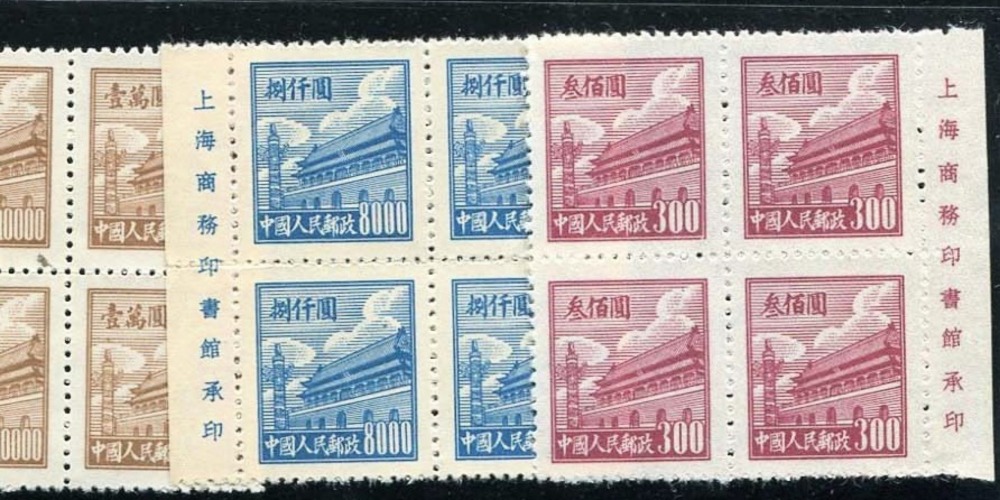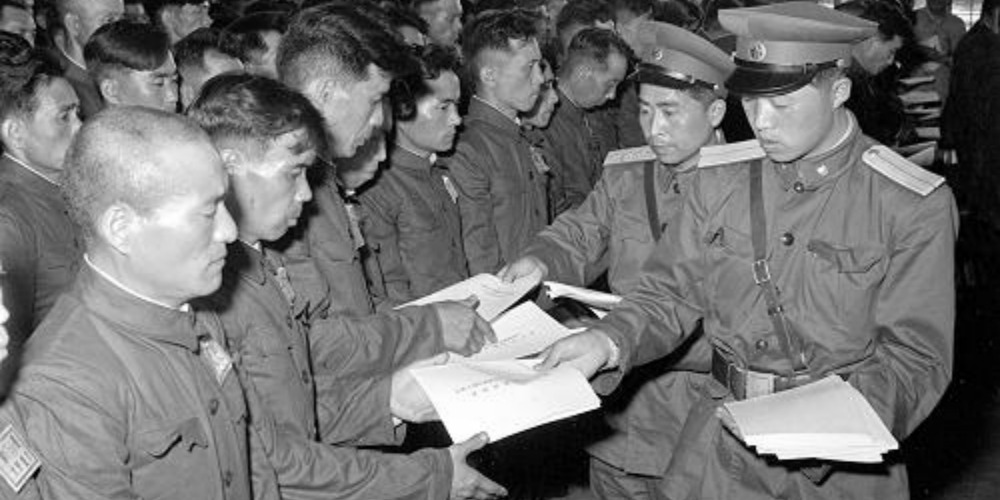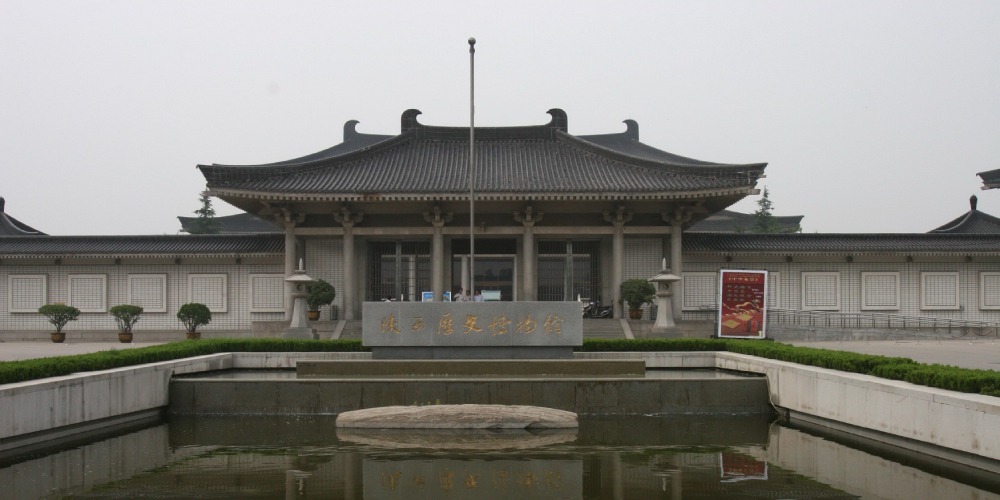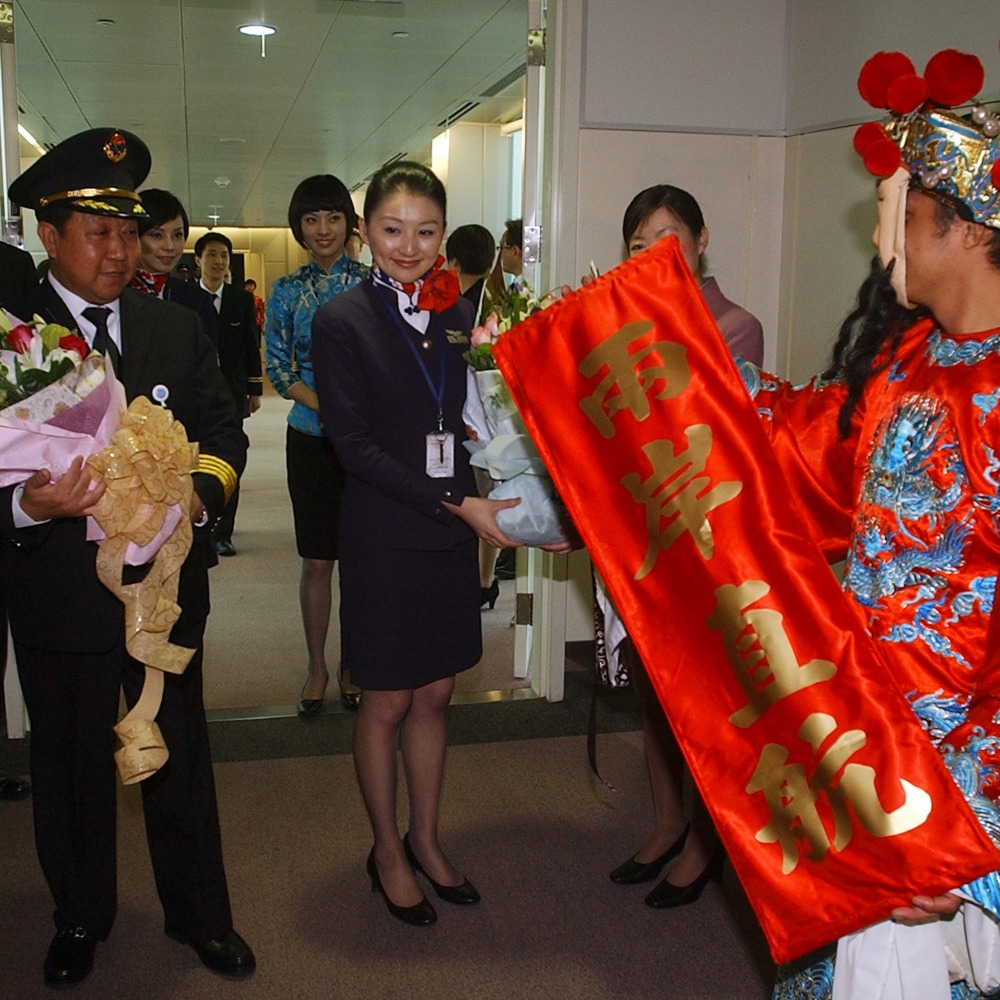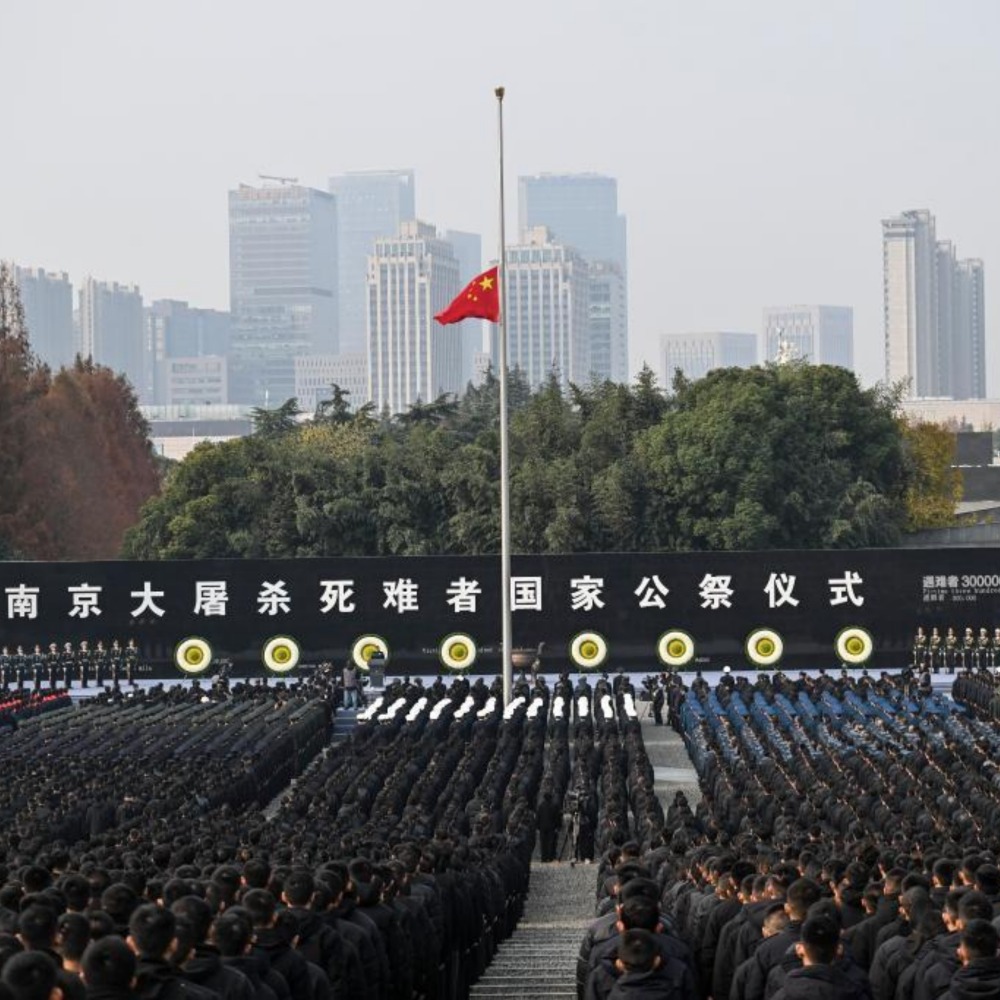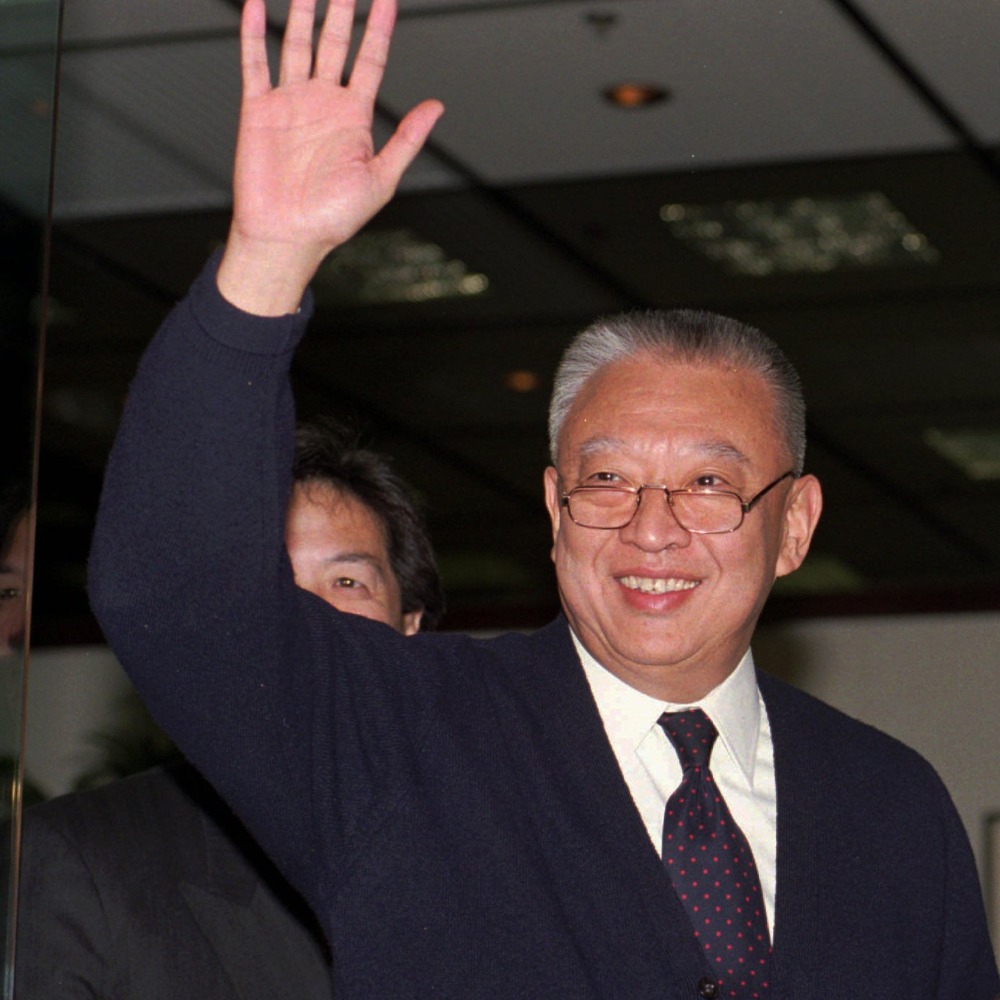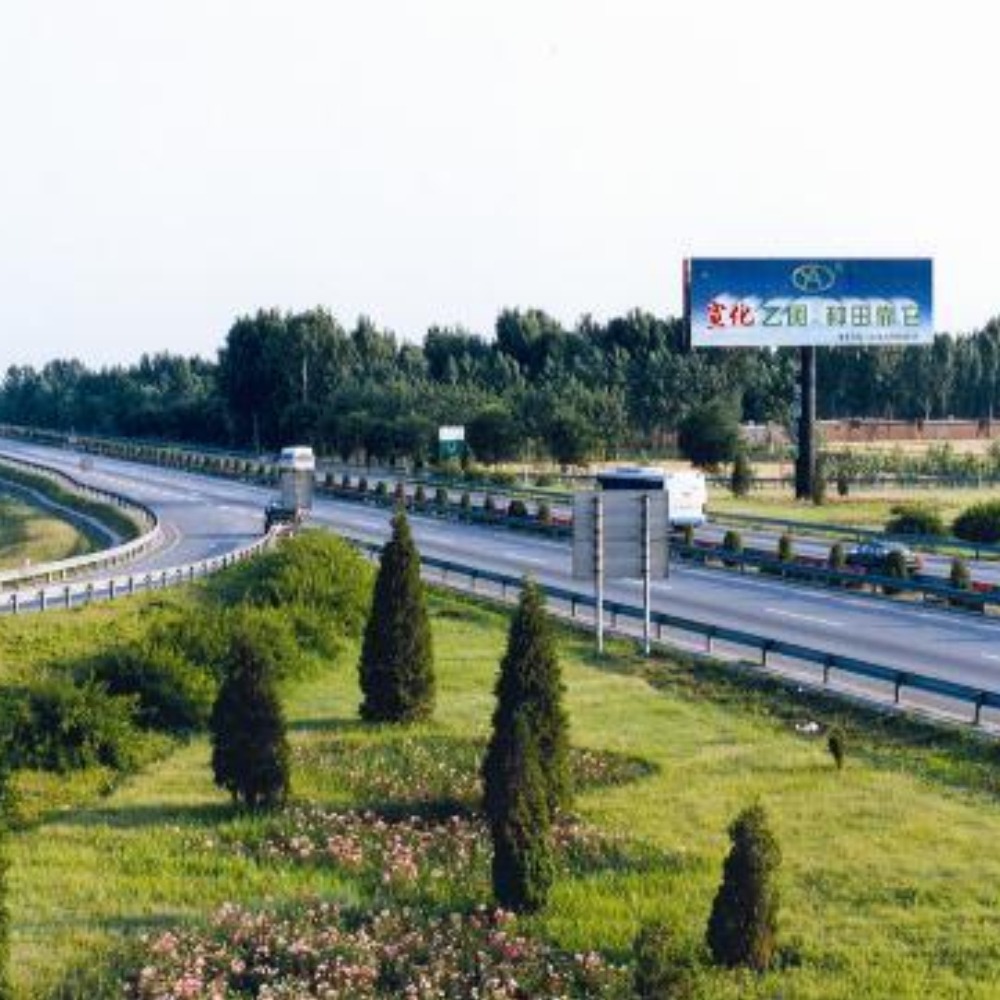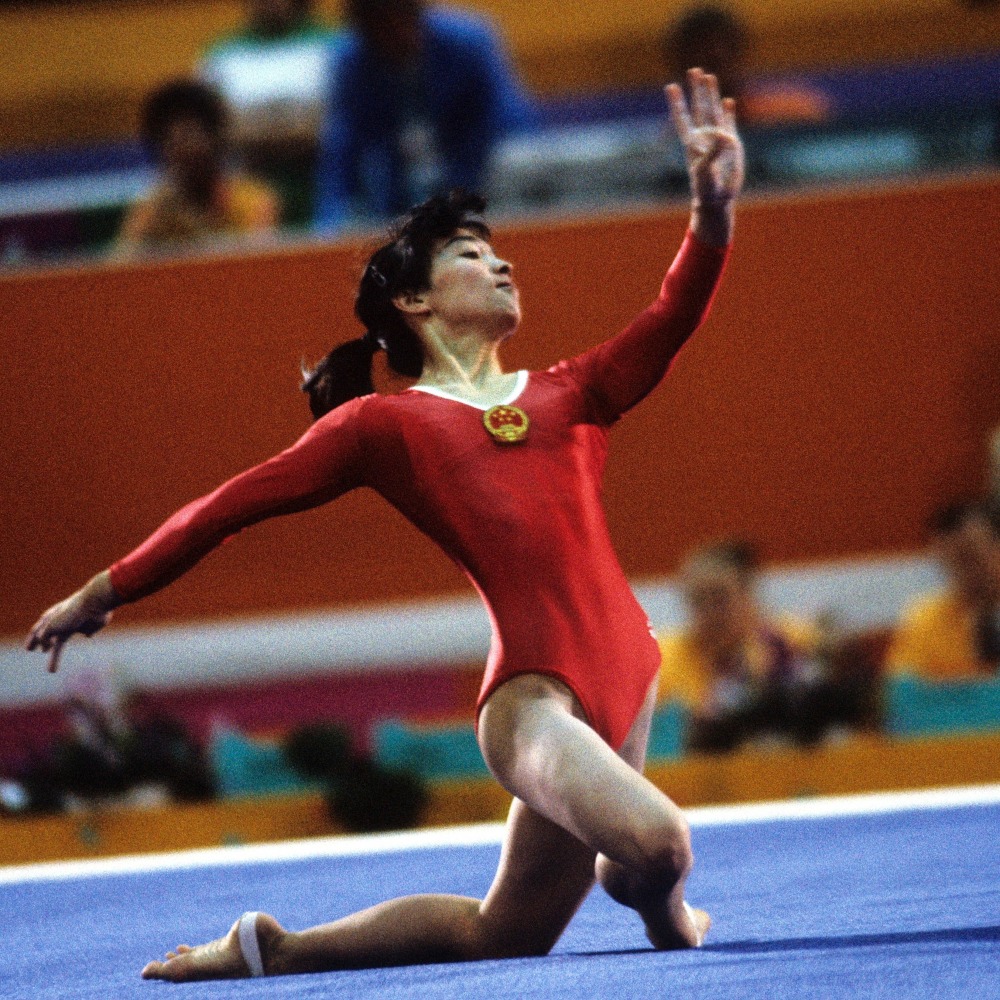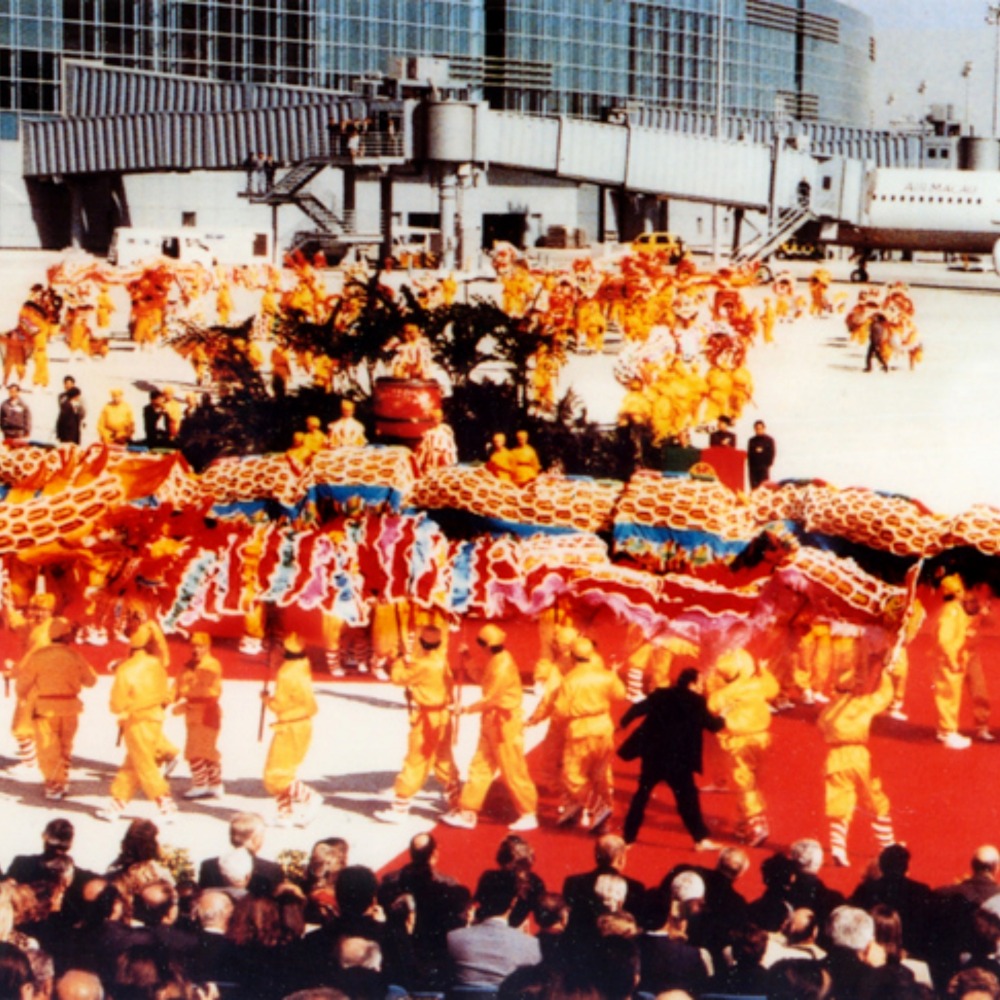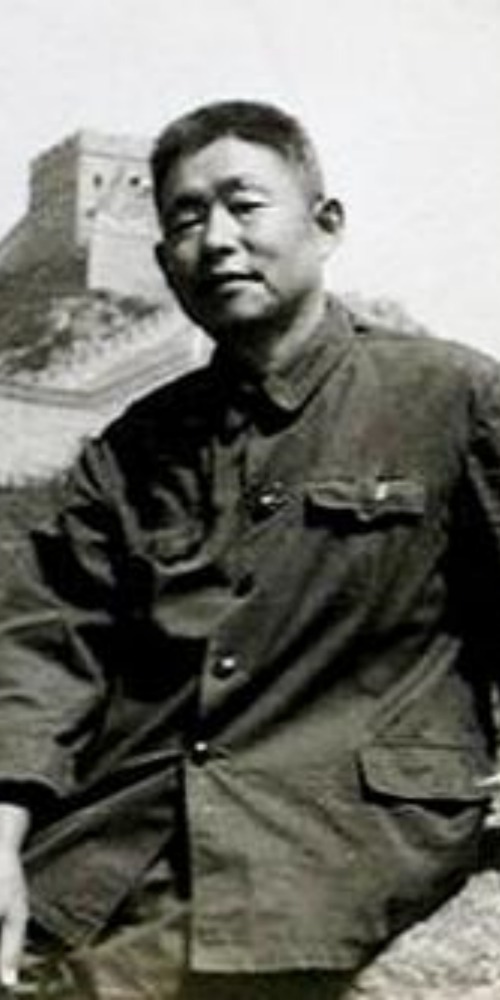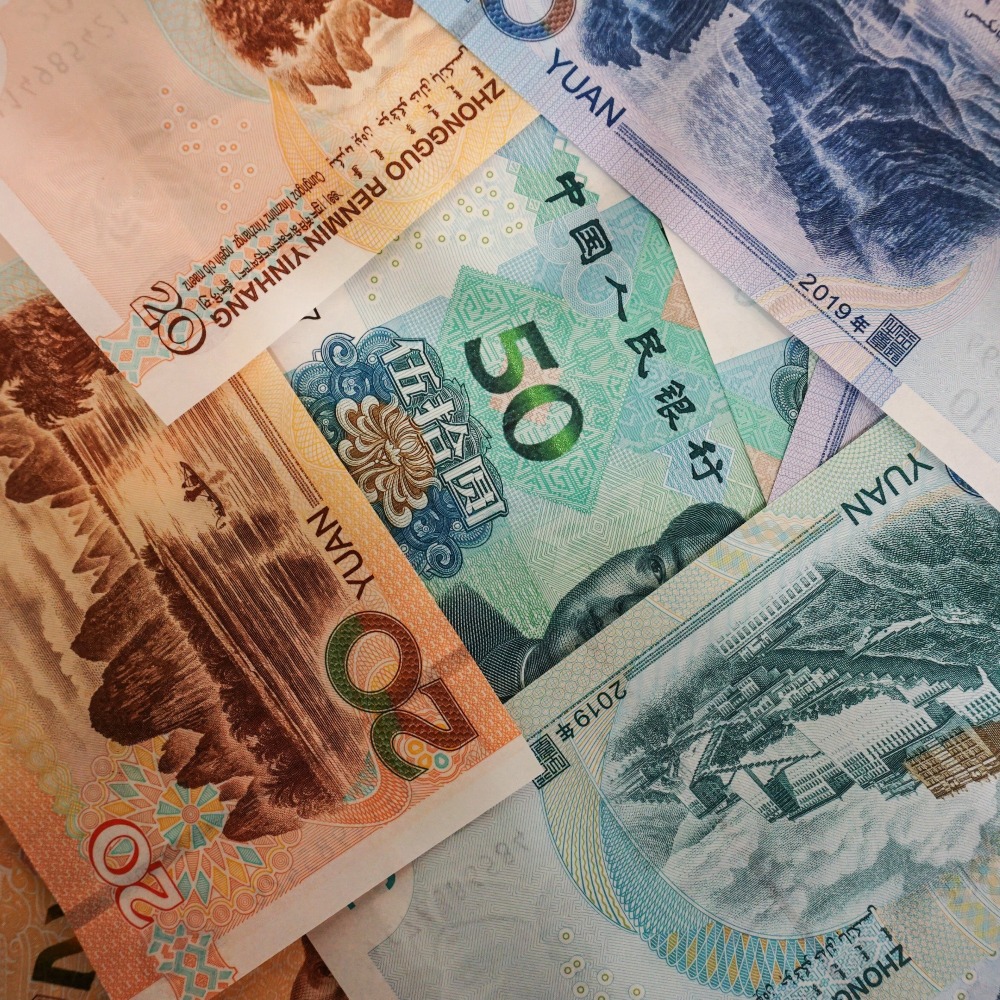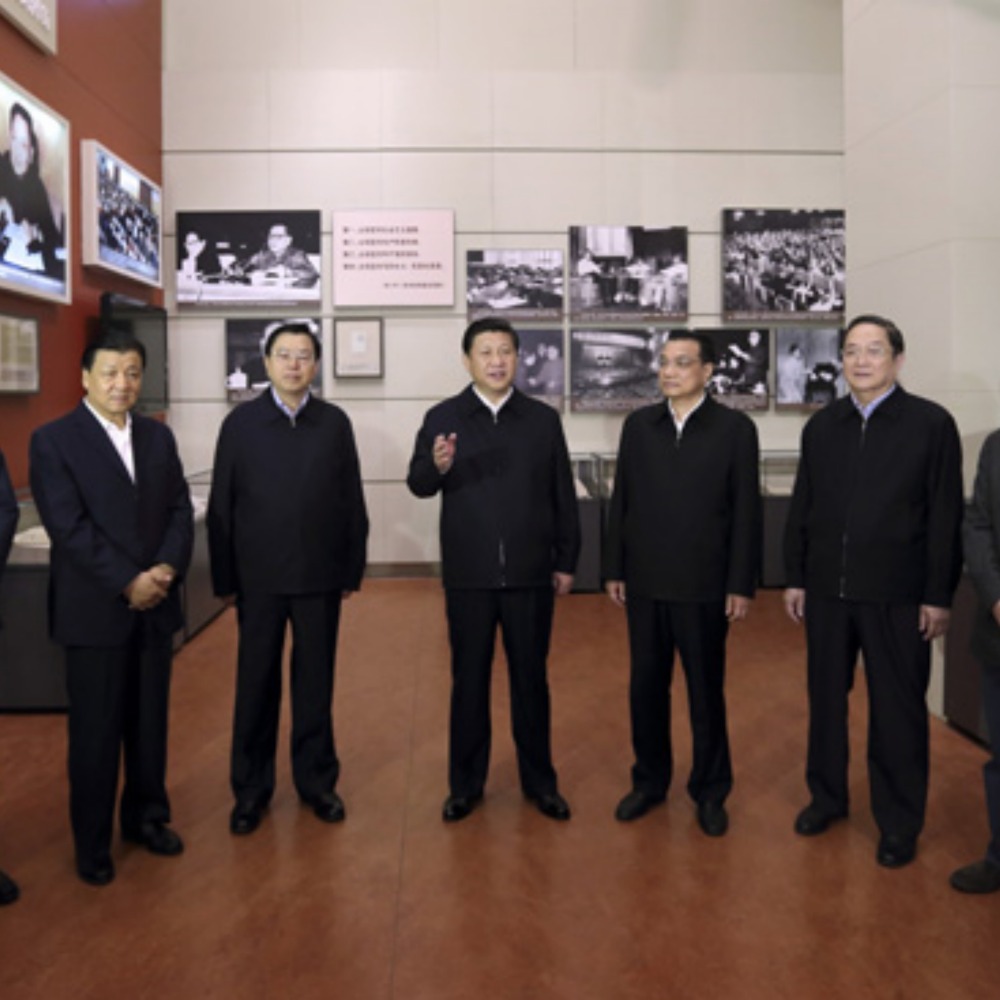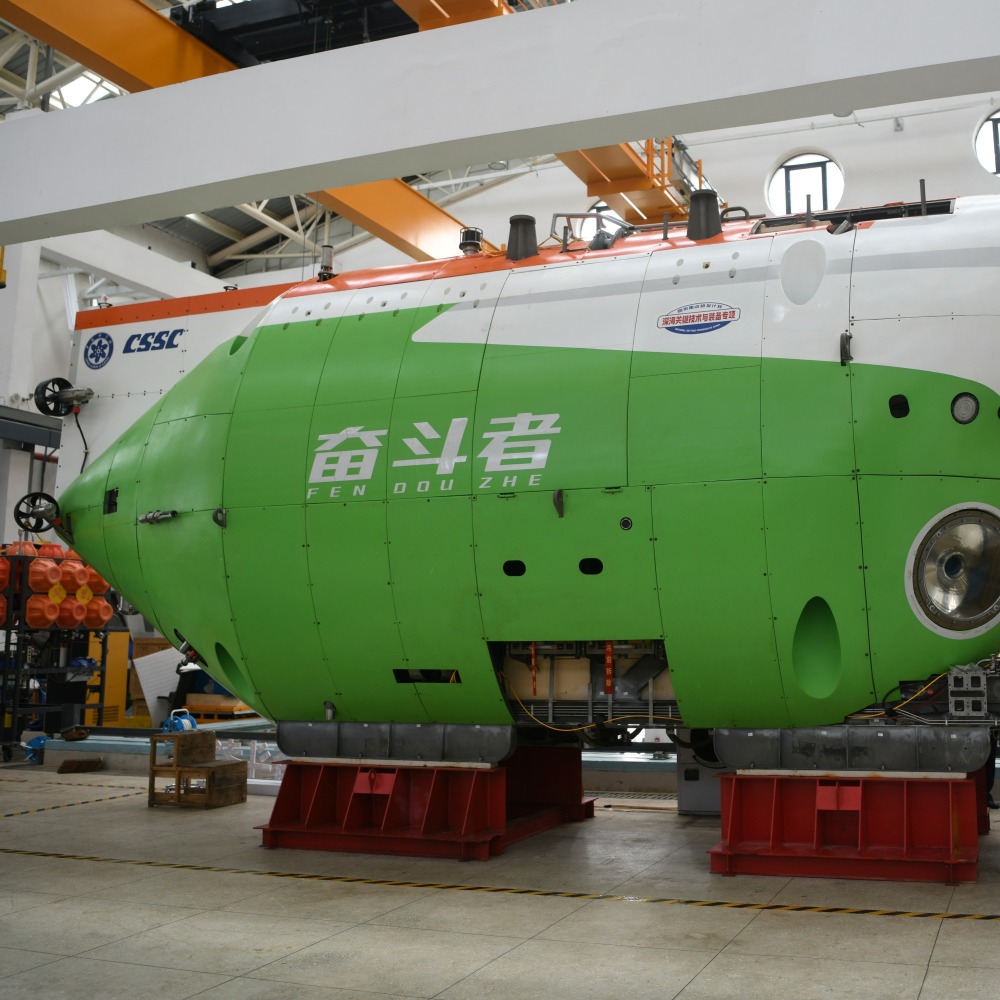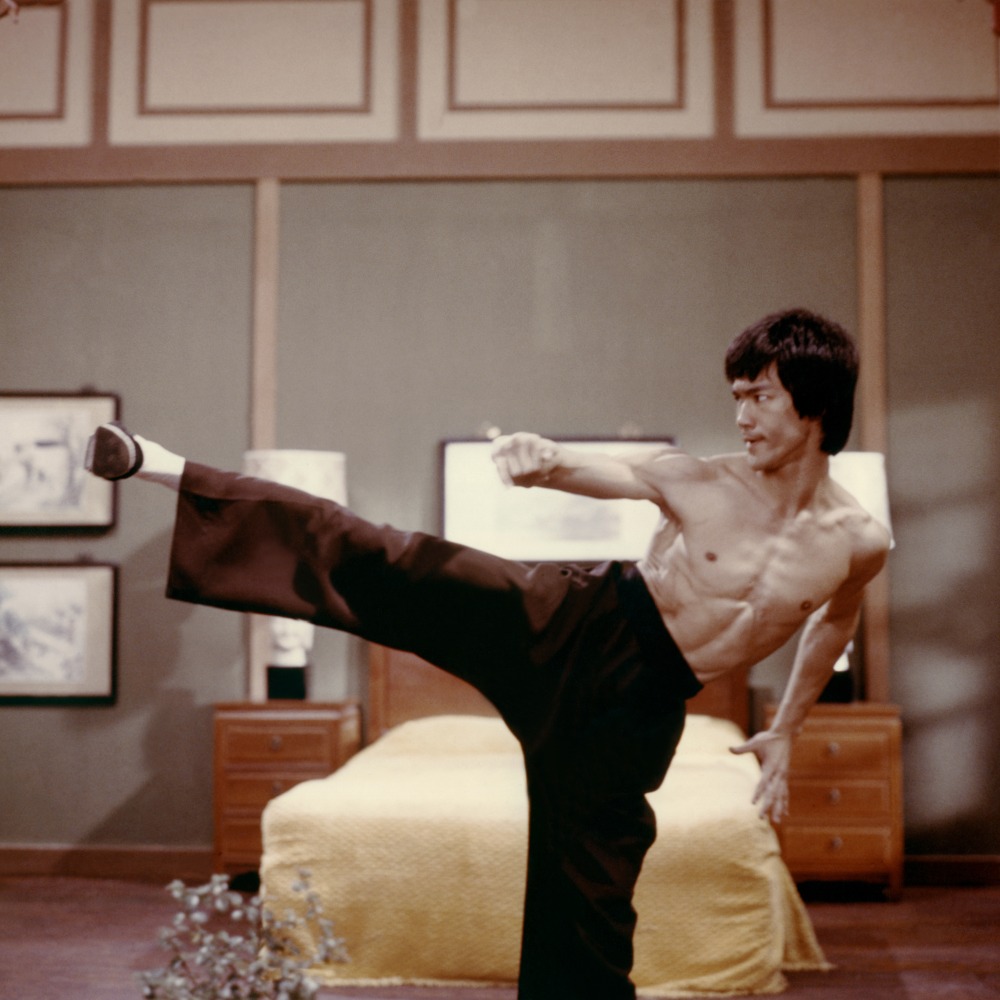Published : 2025-06-22
On June 22, 1950, China began issuing nationwide unified postage stamps.
Before the establishment of the People's Republic of China (PRC), as the Communist Party of China (CPC) expanded its control areas and gradually connected them, "liberated areas" were formed in various regions of China.
Each region established its own postal or postal and telecommunications administration bureaus and issued postage stamps for use throughout their respective areas.
After the establishment of the PRC, the underdeveloped postal and telecommunications infrastructure urgently needed reconstruction.
The Ministry of Posts and Telecommunications was established on November 1, 1949, and the first National Postal Conference was held in Beijing from December 10 to December 28 of the same year.
The conference determined the general policy for postal work, namely the unification of national postal institutions, postage rates, and related services, and the unified issuance of national postage stamps.
China's first set of standard postage stamps, numbered "Pu1," consists of nine stamps. The stamps were printed using lithography, featuring Beijing's Tiananmen as the main image, without the portrait of Mao Zedong on the gate tower at that time.
After the issuance of the nationwide unified postage stamps, all regional postage stamps issued previously were subsequently discontinued.
